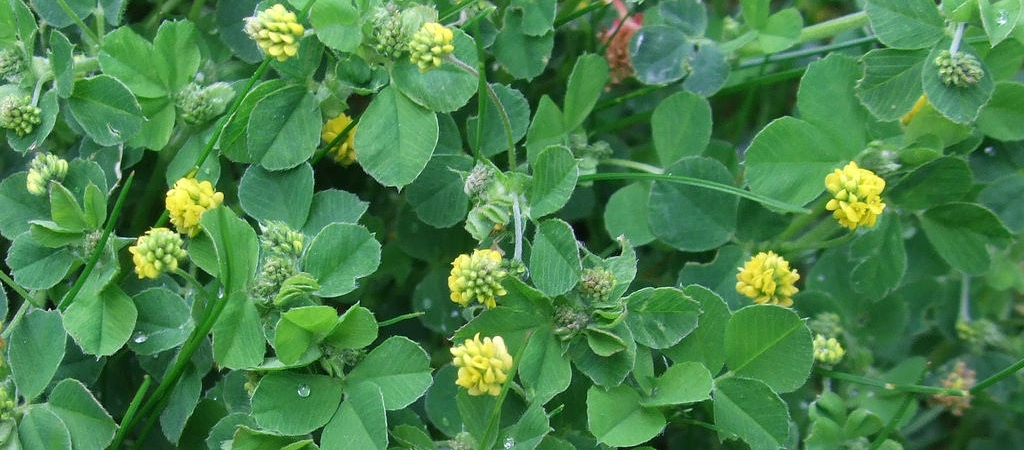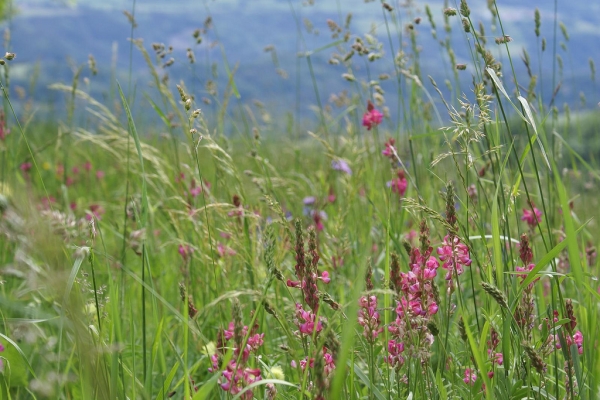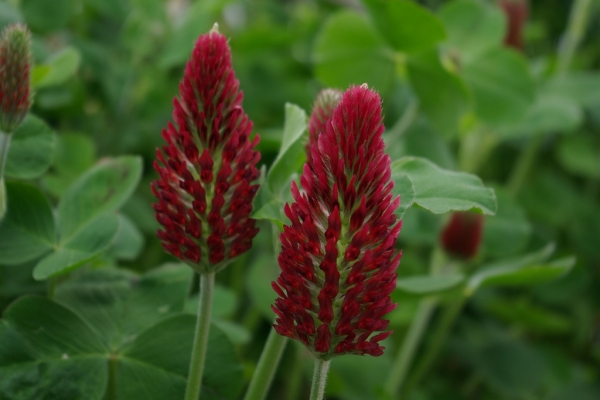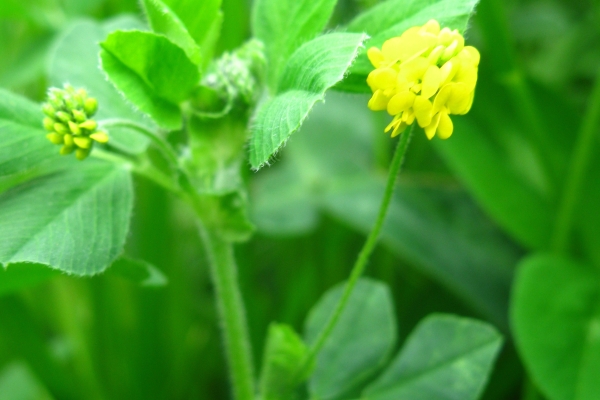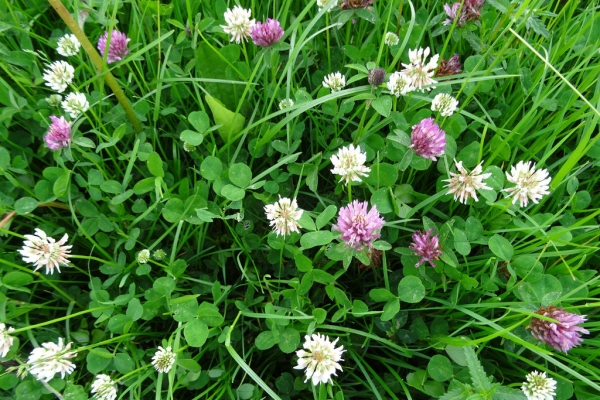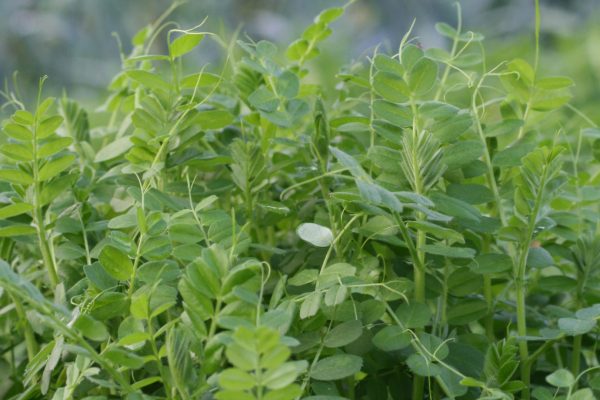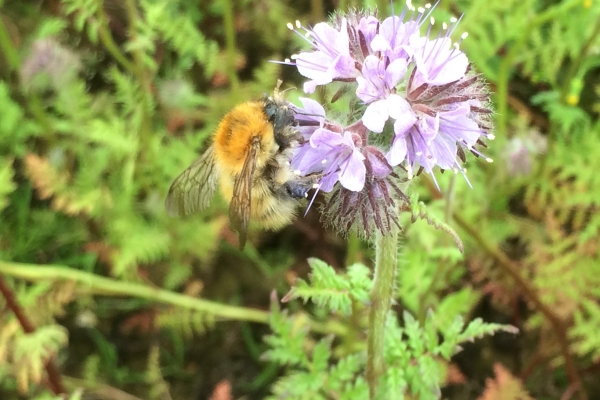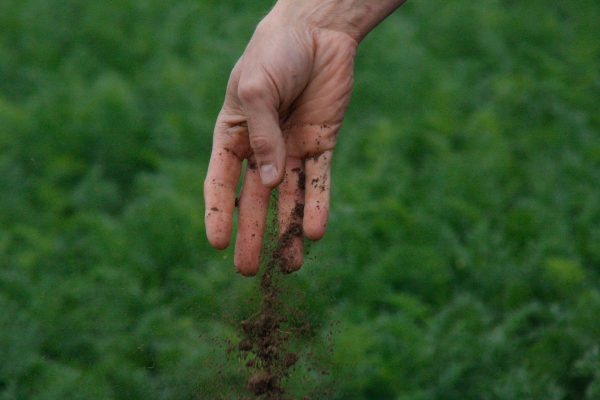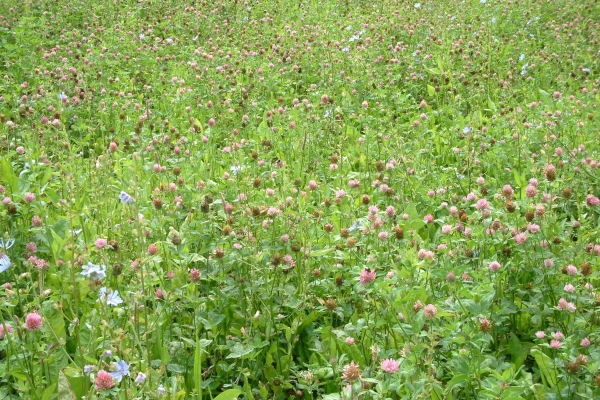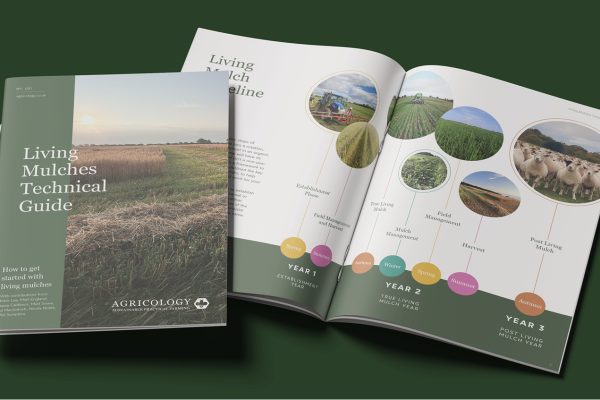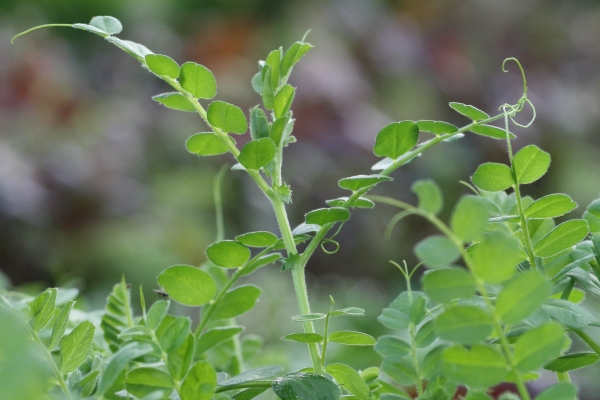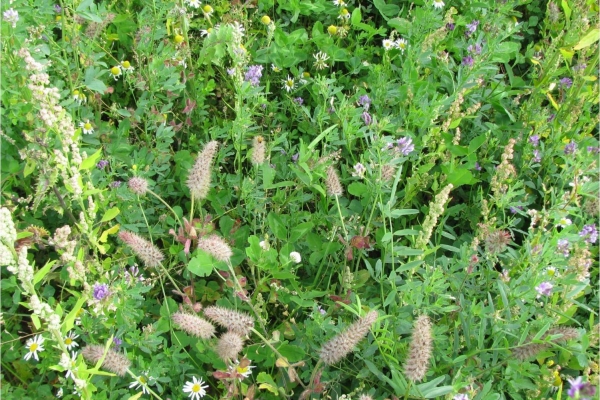Manifold green manures Part 3: Black medic and lucerne
(The Organic Grower - No 24 Autumn 2013, pp. 18-19)
Resource explained
Part three of a series of articles published in The Organic Grower focusing on the less frequently used legume species trialed in the Legume LINK project. The species can be included in fertility-building mixes to improve the performance in specific soil, climate and management conditions. This article reviews the properties of two related species, based on relevant literature and how they were found to perform during the project.
Information on black medic (Medicago lupulina) covers: growth habits and morphology, flowering period and pollinators, germination and seedling emergence, establishment, productivity, crop biomass, weed suppression, persistence in the sward, lignin and polyphenol content, ideal growing conditions, hardiness and cutting tolerance.
Information on lucerne (Medicago sativa) details: its growth habit and morphology, drought tolerance, pollination, productivity, grazing tolerance, competitiveness, lignin and polyphenol content, decomposition, nitrogen fixation ability, seed rate and sowing depth, soil pH, forage value and effects of frequent cutting on yield.
Findings & recommendations
- Black medic can be grown as an annual, biennial or short lived perennial and used as a fodder, green manure or hay crop.
- It performed significantly better than white clover with regard to above-ground biomass prior to incorporation in to the soil, overall biomass production, and length of flowering.
- It flowers within six weeks of emergence and initiates new flowers throughout the growing season, so is an important source of pollen and nectar for bumblebees and honeybees.
- It showed good weed suppression and can tolerate treading damage, but is characterised by a bitter taste that reduces its appeal for grazing livestock.
- Lucerne can be under sown in to barley, spring wheat or maize, or established on its own.
- It showed high productivity (outperforming all species except crimson clover), was highly effective at suppressing weeds, and has a high pre-crop value. However it is dependent on appropriate conditions such as a relatively high soil pH in order for it to deliver its potential, and it does not tolerate grazing well.
- It is reported to have a high ability to fix nitrogen.
- It can cause bloat but is considered an excellent element of forage for spring calving and dairy cows.
